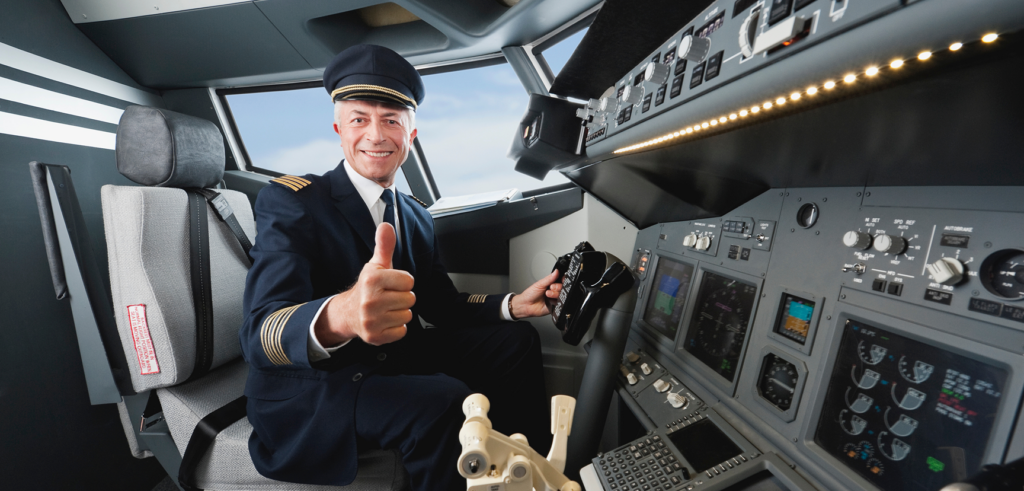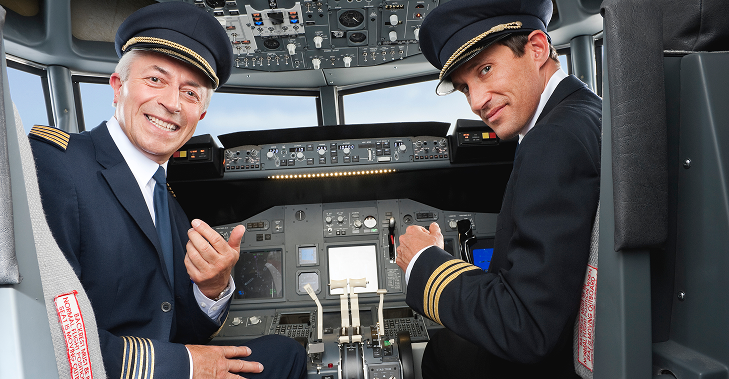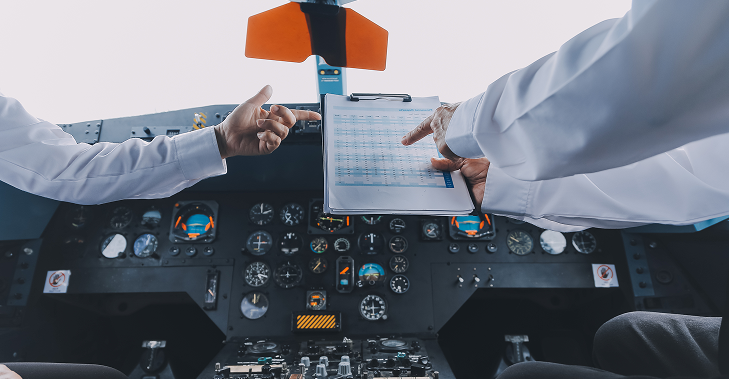Type Rating Instructors (TRIs) play a fundamental role in ensuring the safety, efficiency, and professionalism of the aviation industry. Their expertise is crucial for training pilots to operate specific aircraft types proficiently, following strict regulatory and operational guidelines. Without TRIs, airlines and flight training organizations would struggle to maintain the high standards required for commercial aviation, as these instructors bridge the gap between theoretical knowledge and real-world flight operations.
Beyond technical training, TRIs contribute significantly to aviation safety. By preparing pilots for normal, abnormal, and emergency scenarios, they help build confidence and competence in handling complex aircraft. Their instruction ensures that pilots are not only qualified but also capable of making quick, informed decisions under pressure. Additionally, TRIs play a key role in recurrent training and skill assessments, keeping active pilots updated on the latest procedures, regulatory changes, and industry best practices.
At Global Training Aviation (GTA), we recognize the critical role of TRIs and support their continuous development through our TRI Restricted and TRI Refresher courses. These programs help instructors stay at the forefront of aviation training, ensuring they continue to shape highly skilled pilots who uphold the highest safety and operational standards.



Becoming a Type Rating Instructor (TRI) opens up a wide array of career opportunities and significant growth potential within the aviation industry. As experienced pilots with specialized knowledge of specific aircraft types, TRIs are highly sought after by airlines, flight schools, training organizations and aviation regulators worldwide.
One of the most common career paths for TRIs is working with airlines, where they can be part of the training team responsible for developing and assessing pilot proficiency. Airlines depend on TRIs to train new pilots, provide recurrent training for experienced crews, and ensure safety standards are met. This role can lead to senior training positions, such as Head of Training or Chief Instructor, offering long-term career stability and opportunities for managerial responsibilities.
For those who prefer to work in flight training organizations or approved training providers, there are ample opportunities to instruct at leading aviation academies. TRIs are needed to deliver high-quality training for pilots seeking type ratings or recurrent certifications. These positions often provide a balanced work schedule, offering instructors the flexibility to work with a diverse group of trainees.
The growth potential for TRIs is significant, with opportunities to advance into roles such as Lead Instructor, Director of Training, or even regulatory positions with aviation authorities. Additionally, TRIs can expand their qualifications by obtaining ratings for multiple aircraft types, making them more versatile and eligible for higher-paying roles.

The main difference between a Flight Instructor (FI) and a Type Rating Instructor (TRI) lies in the scope of their training responsibilities and the type of instruction they provide.
A Flight Instructor (FI) typically trains pilots in general aviation or basic flight training, focusing on teaching fundamental flying skills required to obtain a private pilot license (PPL) or commercial pilot license (CPL). Flight Instructors guide students through basic maneuvers, navigation, and safety procedures, usually on small aircraft. Their role primarily involves helping students build their flying skills and gain overall flight proficiency.
On the other hand, Type Rating Instructors (TRIs) are specialized instructors who focus on training pilots for a specific aircraft type rating. This training occurs once a pilot has already earned their CPL or ATPL and needs to be qualified to operate a particular type of aircraft, such as a commercial airliner. TRIs provide advanced instruction on the systems, operation, and procedures specific to that aircraft, ensuring pilots are capable of handling complex aircraft in a variety of situations.
The time it takes to become a certified Type Rating Instructor (TRI) varies depending on several factors, including the individual’s previous experience and the specific training program they choose to pursue. However, on average, the process can take several months.
First, candidates must meet the eligibility requirements, including holding a valid commercial or airline transport pilot license (CPL or ATPL) with a current type rating. Once these prerequisites are met, aspiring TRIs must complete an approved TRI training course, which typically lasts around 2 to 3 weeks. This course includes theoretical instruction on teaching techniques, aircraft systems, emergency procedures, and the regulatory framework for type rating training.
After completing the TRI course, candidates must undergo a practical assessment to ensure they can effectively conduct type rating training. The duration of this assessment varies, but it typically involves both simulator training and a check flight.
Yes, a Type Rating Instructor (TRI) certification is widely recognized by aviation regulatory authorities around the world. The certification is usually issued by the competent national aviation authority (such as EASA, FAA, or others) based on compliance with international standards. These standards ensure that TRIs are qualified to provide instruction on specific aircraft types, meeting the same high level of competency and safety worldwide.
For example, a TRI certified by the European Union Aviation Safety Agency (EASA) can provide instruction across countries that follow EASA regulations. Similarly, a TRI certified by the Federal Aviation Administration (FAA) is recognized in countries where the FAA’s standards are accepted. Many international airlines and training organizations recognize TRI certifications from these authorities as valid qualifications for instructing on various aircraft types, enabling instructors to work globally.
Yes, a TRI can teach multiple aircraft types, but there are specific requirements that need to be met. A TRI must hold individual type ratings for each aircraft they wish to instruct on. This means that in addition to completing a TRI course for a specific aircraft type, the instructor must have the necessary qualifications and experience to operate and teach that particular aircraft.
Once a TRI has gained the required experience and certifications for different aircraft types, they can offer training for those types, provided they have completed the necessary type rating courses for each one. For example, a TRI who has been trained and certified on an Airbus A320 type rating can later complete training for a Boeing 737 and become qualified to instruct on both aircraft types.
The salary of a Type Rating Instructor (TRI) varies depending on factors like location, experience, and the employer. In general, TRIs can earn higher salaries compared to standard flight instructors due to the specialized nature of the role.
In the United States, the average salary for a TRI ranges from $60,000 to $100,000 per year. This can vary based on experience, the specific airline or training organization, and whether the TRI is instructing on a single or multiple aircraft types. Entry-level TRIs might earn towards the lower end of this range, while experienced TRIs with multiple type ratings and extensive experience could earn more.
In Europe, the average salary for a TRI tends to be somewhat similar, but it can vary by country. For example, in countries like Spain, TRIs can expect to earn anywhere from 45,000€ to 75,000€ per year, with variations depending on experience and the type of aircraft. Senior TRIs working with major airlines or training organizations could see salaries at the higher end of this range, or even higher, particularly if they are teaching multiple aircraft types.
The exact salary can also be influenced by the demand for TRIs in specific regions and the policies of the airline or training center they work for.